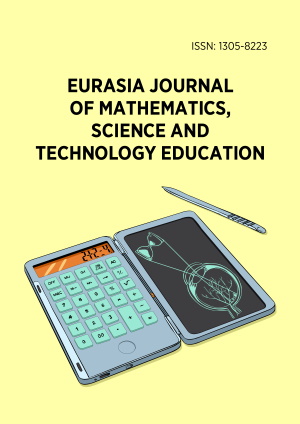Abstract
This study aims to systematically review science education research for students with autism spectrum disorder (ASD). Within the scope of the research, studies published between 2015 and 2024 were reviewed. Scopus, ERIC, and Web of Science databases were used for the review. The thorough investigation comprised fifteen studies. Most of the papers examined made advantage of single-subject research designs (56.25%). 31.25% of the studies took place in special education environments most of which. Out of all the sciences, life sciences (43.2%) was the most often researched field. Instructional durations were generally short (62.5% were 20 minutes or less) and frequent repetitions were made. Complete success was achieved in 66.7% of the interventions implemented. Technology-supported interventions and systematic teaching approaches were found to be particularly effective. Effect size analyses showed that most of the interventions were highly effective. Limitations of the studies include the use of lack of follow-up studies. Comparative studies in different cultures and larger samples are recommended for future research. Individualized, systematic and technology-supported interventions are important for students with ASD to be successful in science education.
License
This is an open access article distributed under the Creative Commons Attribution License which permits unrestricted use, distribution, and reproduction in any medium, provided the original work is properly cited.
Article Type: Review Article
EURASIA J Math Sci Tech Ed, Volume 21, Issue 9, September 2025, Article No: em2700
https://doi.org/10.29333/ejmste/16838
Publication date: 01 Sep 2025
Online publication date: 30 Aug 2025
Article Views: 2383
Article Downloads: 2481
Open Access References How to cite this article
 Full Text (PDF)
Full Text (PDF)